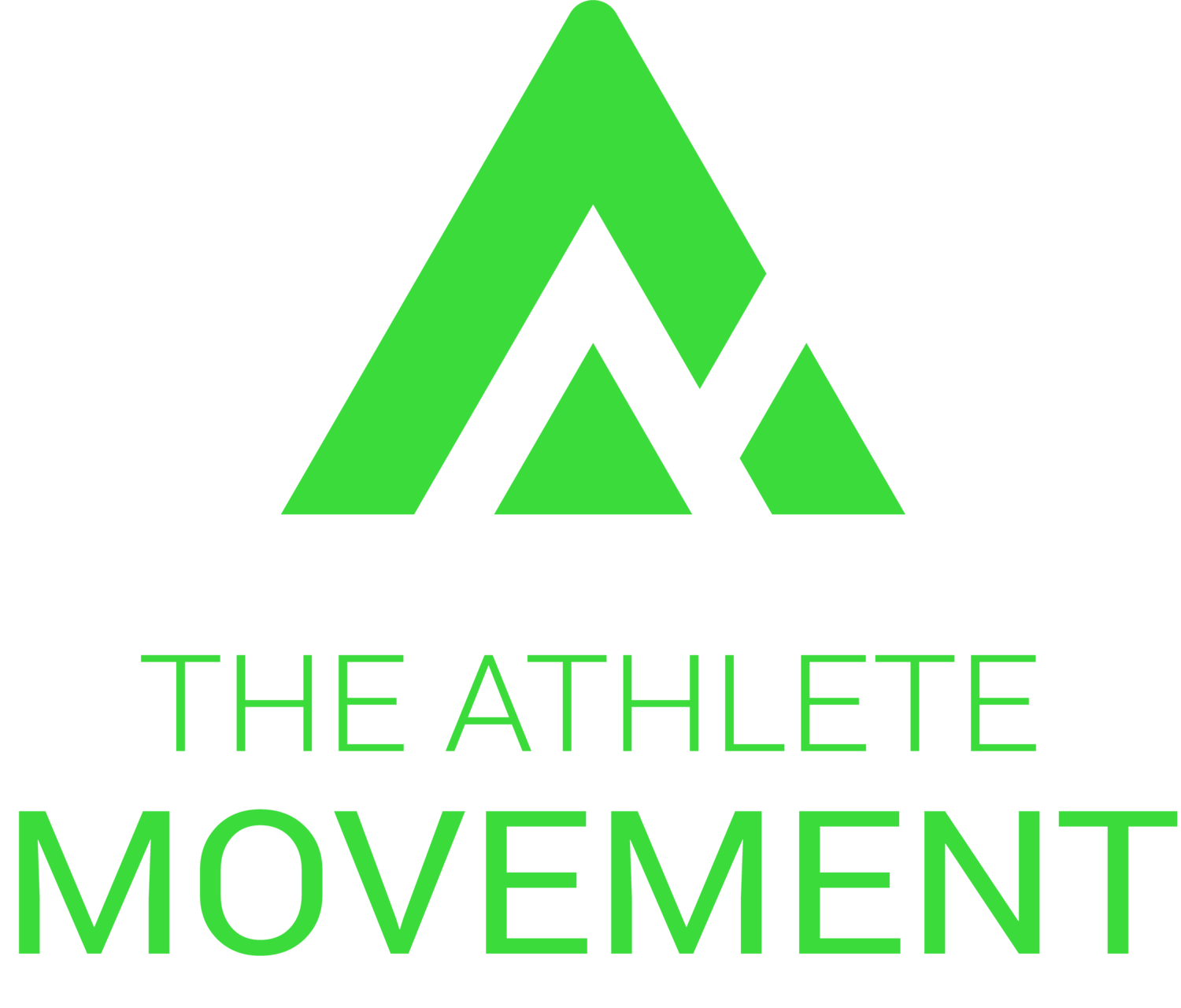Court and field sports demand a high level of agility (often interchanged with quickness) due to their open skill nature of the game. If an athlete lacks the ability to perform agile manoeuvres this can often result in a failed play (ankle breaker), turn-over or at worst a score against. However, if an athlete has the ability to move with rapid agility, this can help shape a defence and offence that is very dominant and simply awesome to watch.
Agility can be defined as ‘a rapid, whole-body, change of direction or speed in response to a sport-specific stimulus’.
In Part 1 of this blog series, we discuss how to train the first component of agility - 'change of direction (COD) speed'.
Change of direction speed is the athlete’s ability to express powerful force, whilst having the ability to move efficiently in the intended direction of travel. In order to enhance COD speed, our top 3 training recommendations are:
1. Learn correct change of direction technique (angles, positioning and posture)
By learning correct technique you will minimise energy leaks and put yourself in the best/safest position to compete.
Hot Tip: over 30% of basketball is played in a lateral fashion. If you have poor lateral change of direction technique you are constantly expending far greater energy than necessary, whilst putting yourself in a more ‘injury-risk’ position. Technique matters!
2. Develop muscular qualities such as strength, power and reactive strength
Remember change of direction requires a rapid whole-body movement. If you have the ability to produce and absorb greater force you will be faster at acceleration, deceleration and re-acceleration.
Whilst in the weight room, it is important to address any leg dominance or strength imbalances between left and right, which can affect your COD speed. Any significant strength imbalance will most likely be a weakness on the court or field and ultimately allow your opponent to expose you in a game. For this reason, you must train to be prepared on your 'weak' side!
Strength-underpinning movements to improve change of direction speed
3. Improve body composition
Body fat can be considered as a 'non-functional' mass, meaning it really does nothing to contribute to athletic performance. One of the easiest ways to become more athletic is to lose excessive body fat, which requires you to produce greater force in order to move your body.
Lose excessive body fat and gain muscle mass = greater athleticism.
* FYI this point should not be a priority for youth athletes, instead focussing more on developing technique, movement quality and basic strength.
Sheppard, J. M., & Young, W. B. (2006). Agility literature review: Classifications, training and testing. Journal of sports sciences, 24(9), 919-932.
Stay tuned for Part 2 where we discuss the second trainable component of agility.
Join the Movement!


